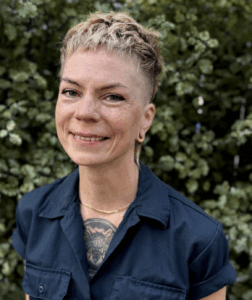JBIMS fosters collaboration and synergy across UC Berkeley and Berkeley Lab, combining strengths in Theory, Technology, Model Systems and Data Science to promote microbiome-based solutions for the health of our community, our ecosystems and our planet.
Integrative Microbiome Science for Discovery, Prediction and Translation:
Microbiome Theory
Coordinating across disciplines to advance and evaluate theories from ecology, evolution, biophysics and thermodynamics to understand and predict microbiome structure and function.
Technology for Microbiomes
Developing and integrating diverse technologies to observe and manipulate microbiomes and their interactions with their environments or hosts.
Data Science for Microbiomes
Building a community of microbiome researchers that promote data science best practices for reproducible and reusable datasets, and develop innovative science to uncover causal mechanisms in microbiomes.
Microbiome Model Systems
Developing and promoting the use of reproducible model systems for the study of microbiomes across scales of complexity.
News & Events
JBIMS AI in Microbiome Science Event Series
Upcoming Event: Workshop #2 - Advanced Applications and the Future of AI in Microbiome Science
- Date: Thursday, November 13, 1 - 5pm
- Location: Bakar BioEnginuity Hub
This workshop picks up where our first session left off - moving from the basics into more applied uses of AI for microbiome science. It’s open to everyone: whether you’re new to computational tools and want some guided practice, or you already have experience and are looking for advanced applications. We’ll work through hands-on examples, hear a set of short lightning talks on real research applications, and wrap up with a conversation on ethics, responsibility, and how to make sure these methods are used thoughtfully across different research contexts.
...Community Spotlights

Read More

Read More

Read More
